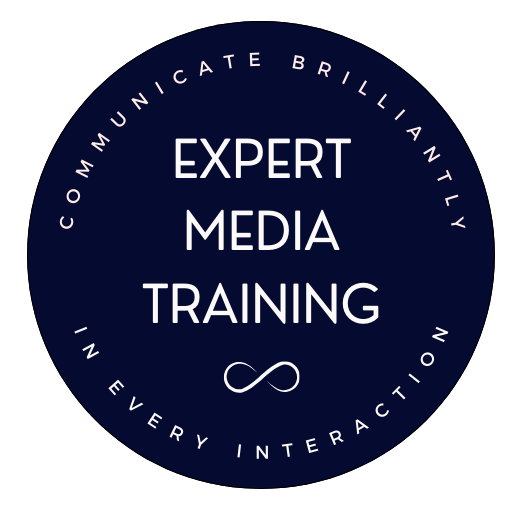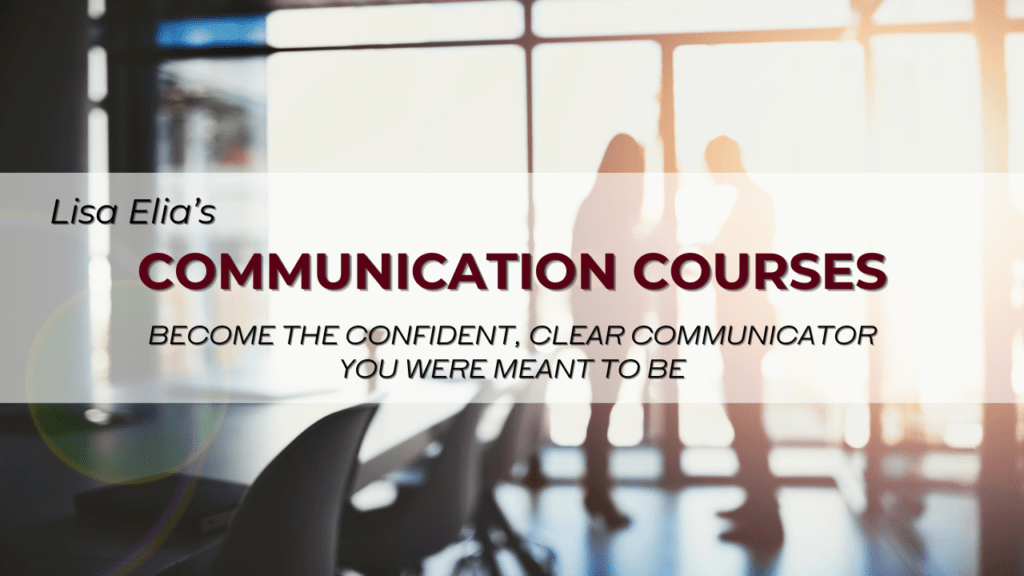1. Know what drives your audience at any given time; pain avoidance or aspiration.
Some people are more motivated to avoid pain, thus the “speak to their pain points” advice that has proliferated on the Internet for the past decade. Others are more motivated by their aspirations or ideals. Most people’s motivations can vacillate between pain avoidance and aspiration, depending on the matter at hand.
When preparing for media interviews, presentations and panel discussions, consider which form of motivation is strongest for your audience in relation to the topic you are discussing and shape your messages accordingly.
2. Pay attention to the fringes.
Many people focus only on their primary target market and they often ignore or overlook smaller market segments and key influencers. (Key influencers are the people who influence your target audience’s decision-making process and can include business advisors in other fields, managers, agents, assistants and spouses, among others.) Maintain visibility, or relationships, with ALL of your publics; your target market as well as opinion leaders, key influencers and secondary and tertiary markets. Tides change in the world and in business, and there may be a time when your secondary and tertiary markets become important to your bottom line or your position in your industry.
As you prepare for media interviews, presentations and panels, identify logical places where it makes sense to address the needs of your secondary and tertiary markets and key influencers.
3. Draw out silent members of your audience.
There will be times when a segment of your target audience or certain stakeholders do not speak out. Instead of assuming they will not do so at some point or that the silent members of your group or audience support you, take steps to find out what they truly believe and want.
During media interviews and presentations, make reference to the ways people can provide feedback and make their voices heard, such as a text line/hotline, online form or other forum you have created to gather feedback and ideas.
4. Nurture relationships.
Just because someone has been supportive of you in the past, doesn’t mean the relationship will be fine in set-it-and-forget-it mode. It’s easier to maintain a relationship than to rebuild it.
Take advantage of opportunities during media interviews, presentations and panel discussions to acknowledge the people or organizations that have been your long-time supporters. If you can address how you serve their needs, your moments in the public eye can help to maintain your relationships.
5. Identify and fill the gaps of dissatisfaction.
Consider how you can discover and address unmet needs and dissatisfied people. Most successful companies and products were inspired by one individual’s desire for, or identification of, something that was lacking in the marketplace.
When preparing for media interviews, presentations and panel discussions, create messaging regarding what you and/or your organization have done to discover and fill the unmet needs of your supporters and those who are dissatisfied with the status quo. Show them how you provide the solutions they are seeking.
To download our free Media Interview Guide and other tools, click here.
To check out our online courses, click here.
For a complimentary consultation to discuss private training for yourself or your team, click here.

This post was written by Lisa Elia, a media trainer, presentation trainer, pitch coach, communication expert, and speaker. She trains clients around the world for media interviews, speeches, internal and external presentations, panels, investor presentations, and promotional videos, and provides executive and team communication coaching.
With more than 25 years of experience, Lisa has prepared clients for interviews with TODAY, GMA, The Wall Street Journal, CNN, ESPN, and hundreds of other outlets. Lisa has shared her expertise with national media outlets that include Inc., Entertainment Tonight, E!, and many others. Clients include entrepreneurs, Fortune 500 companies, and everything in between as well as athletes, celebrities, and other public figures.
Here are other pages you might find interesting:
Top Media Interview Tips and Communication Tips
6 Tips for More Effective Presentations Video Tips - a page full of videos with tips to improve communication, presentations, speeches and media interviews.
Contact us to arrange a consultation about your media training or presentation training needs.



